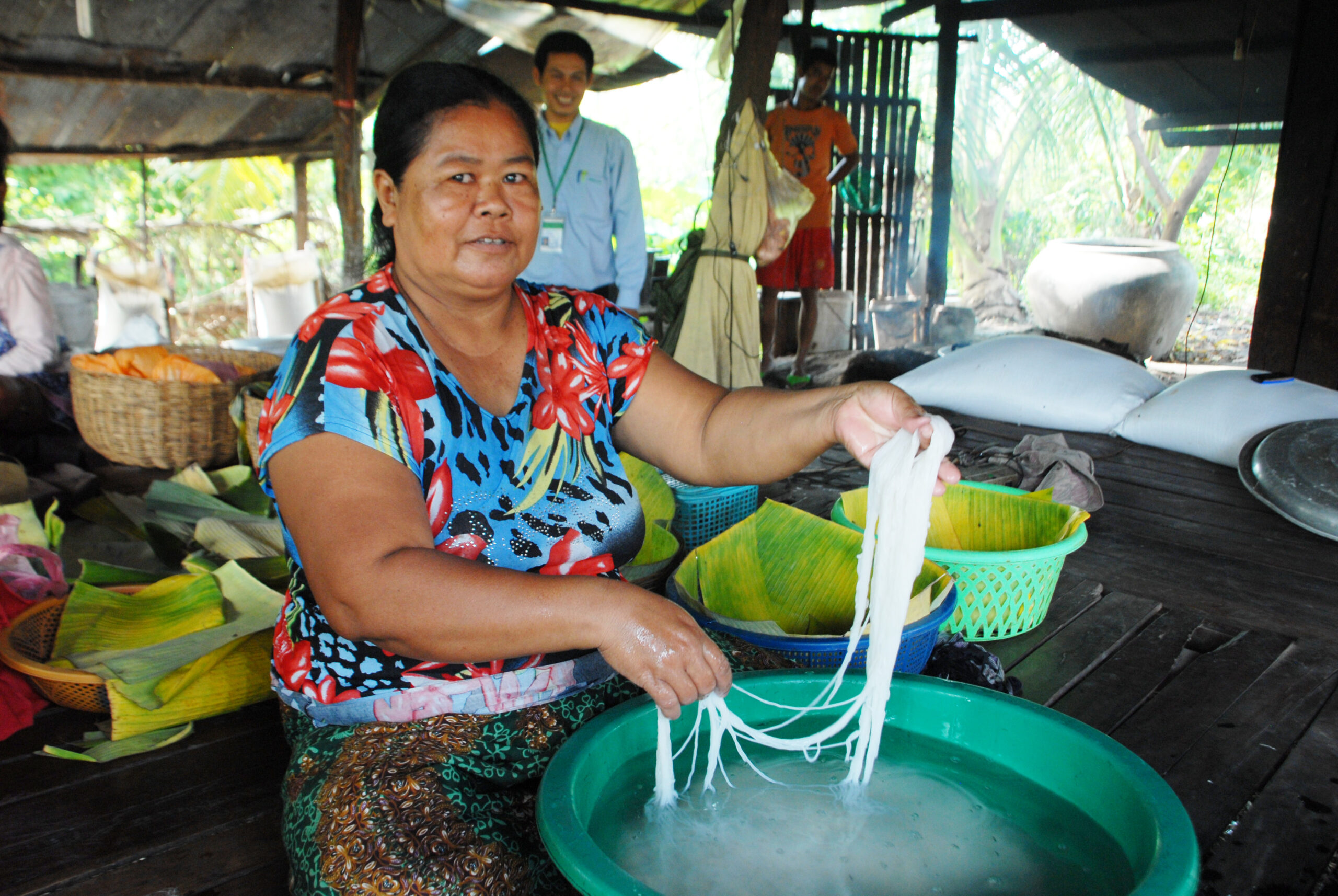
Some thoughts on the microfinance sector in Cambodia
The Guardian recently published an article describing severe incidences of over-indebtedness of vulnerable microfinance clients in Cambodia. We have been following the evolution of the sector in Cambodia for many years. LMDF published an article in our 2020 Social Performance report on the concerns over the evolution of the sector [Article]. At the time, the article concluded stating “responsible microfinance in Cambodia is facing its biggest test yet“.
LMDF made significant investments in several small and medium-sized organisations in Cambodia between the years 2012 and 2020. However, in 2019, the Fund made the decision to halt its lending activities in the country. The reason behind this strategic move was the observation that the sector was experiencing rapid growth, increasingly financed by lenders who do not adhere to the developed sector standards of responsible practices. This increase in funding continued to fuel a growth in the supply of credit far exceeding the economic growth of the country and hence posing a severe risk to create a credit bubble which ultimately effects the most vulnerable clients most.
So we took the difficult decision not to contribute to this development and stopped lending to microfinance institutions in the country.
We also think the publicity is an opportunity to highlight what – in our view – are responsible practices in microfinance lending.

Commit to client protection
When it comes to our lending contracts, we ensure that all financial service providers we work with join the Client Protection Pathway and commit to implementing client protection measures. This commitment to client protection is a crucial aspect of LMDF’s operations and aligns with our goal of promoting responsible and ethical practices within the microfinance industry.
The 2020 article in the LMDF Social Performance Report and a recent initiative by the European Microfinance Platform suggest to take the concept one step further. In addition to voluntary client protection standards, the article argues that in extreme circumstances such as the one in Cambodia, there should be a mechanism empowering client rights such as a personal bankruptcy regime helping clients get out of desperate situations.
Take a deep dive during due diligence
During the due diligence process, LMDF employs a dedicated assessment tool called Alinus. This tool is specifically designed for impact-driven organisations and promotes a common language for measuring impact performance and implementing the Universal Standards for Social and Environmental Performance Management (SEPM). Within the Alinus tool, there is a subsection called the client protection commit, which consists of 35 indicators. These indicators allow LMDF to assess the compliance of potential investees with client protection practices, identify any potential challenges or risks, and make informed investment decisions.

Engage and communicate
One of the notable aspects of LMDF’s approach is our active involvement in various discussions and initiatives related to the lending situation in Cambodia. We have been actively participating in the discussions held at Cerise+SPTF (Social Performance Task Force) and have been part of the e-MFP Cambodia Action Group. These engagements reflect LMDF’s commitment to staying informed about the evolving landscape of microfinance in Cambodia and contributing to the sector’s development.
Beyond Cambodia, LMDF has been an active participant in the Social Investor Working Group at Cerise+SPTF. This working group aims to promote responsible investments in the inclusive finance sector, fostering collaboration among investors and sharing best practices to drive positive impact.
In addition, starting from 2021, LMDF has become a signatory of the Cerise+SPTF joint statement initiative. This initiative serves as a call to action for investors and development finance institutions to actively engage in addressing client protection risks. By signing the joint statement, we commit to reporting annually on the actions we have taken during the investment process to prioritise and enhance client protection practices.
We believe these elements can help foster a responsible microfinance sector which keeps the interests of the clients central to its functioning.
